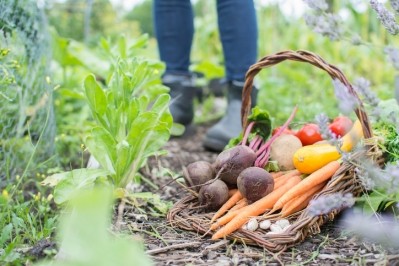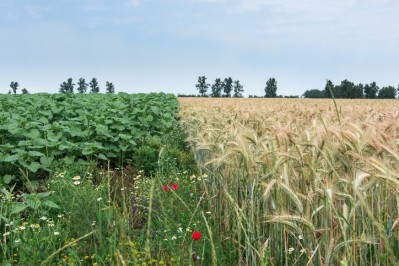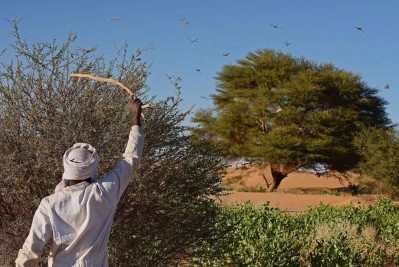What's the future of farming? It can only be agroecology, says Farms of the Future
“We believe agroecology is the only possible solution," said Maxime de Rostolan, founder and director of French association and campaign group Farms of the Future (Fermes d'avenir).
"It’s not just us – Olivier de Schutter, FAO rapporteur said agroecology is not a solution, it’s the only one.
“We think it can certainly scale up, but we have to adapt certain aspects of the economic climate that are currently not very favourable to this type of agriculture,
unfortunately.
“That’s why Farms of the Future also engages in lobbying, notably with the petition Farms of the Future. This puts forward 10 laws that could cushion the ecological transition and make this type of agriculture viable and more competitive than petrol-dependent agricultural.”
It has been suggested that agroecology is a single agricultural system that fits into a bigger picture. But for De Rostolan there is no 'either or'.
“The industrial agro-chemical model does not work,” he said. “It’s destroying biodiversity, health, climate, water quality.”
So are conventional farmers willing to move to agroecology models and how easy is it for them to do so?
“Farmers today suffer a lot from a negative public opinion, and the biggest demotivating factor [to continuing with industrial farming] is a desire to be proud of what you do.
“They spend their lives being accused of destroying biodiversity, polluting water etc, the farmers themselves have a lot of reasons to switch. We don’t want to abuse them even more. We show them that others are changing and visit farms that are completely viable, with best practice.
“We often have debates and meetings with farmers that support the dominant farming model and, in spite of everything, the discussion quickly becomes consensual because it just makes common sense. No farmer wants his farm to pollute water.
“We see that there are more and more conversions to organic farming, and those who do convert don’t go back. They stay organic and if they’ve also adopted local distribution networks, they stick with this too.”
Farms of the Future is on tour, visiting successful agroecology farms throughout France. One of these is the Ferme des Saveurs, a biodynamic farm run by Nelly and
Christophe Bordu in the southern French village of Villeveyrac, producing fruit and vegetables as well as sheep and goats' cheese, yoghurt, milk and meat.
They switched from organic to biodynamic agriculture because the charter was more precise, comprehensive and more respectful, said Nelly Bordu.
“Respectful farming does not have a negative impact on people’s health and is 100% focussed on the well-being of animals, plants and people.
“For the large part, our products are sold through local distribution networks. We had requests to sell throughout France and even abroad but […] aren’t really interested in that anyway. We feel that each area must have a good livestock farm nearby to support, and we’re interested in local food channels to reduce our carbon footprint and be consistent [with our values.]
“We sell directly from the farm, at local markets and in farmers’ shops that we set up. People also order their groceries online through subscription boxes and we deliver the food once a week.
The million dollar question remains: can this type of small-scale farming feed the world and provide the raw materials and ingredients for the products we are used to buying?
“Industrial agro-chemical farming is not feeding the world. There have never been so many undernourished people in the world or don’t have enough to eat. Agroecology, which can have greater yields per unit surface area or per hectare, can clearly supply enough food.”



















